Lake Clark National Park is situated around a lake of the same name in southwestern Alaska. Lake Clark is one of many lakes, along with streams, rivers, and volcanoes that characterize the landscape of this park. It was established to safeguard the unique wildlife here.
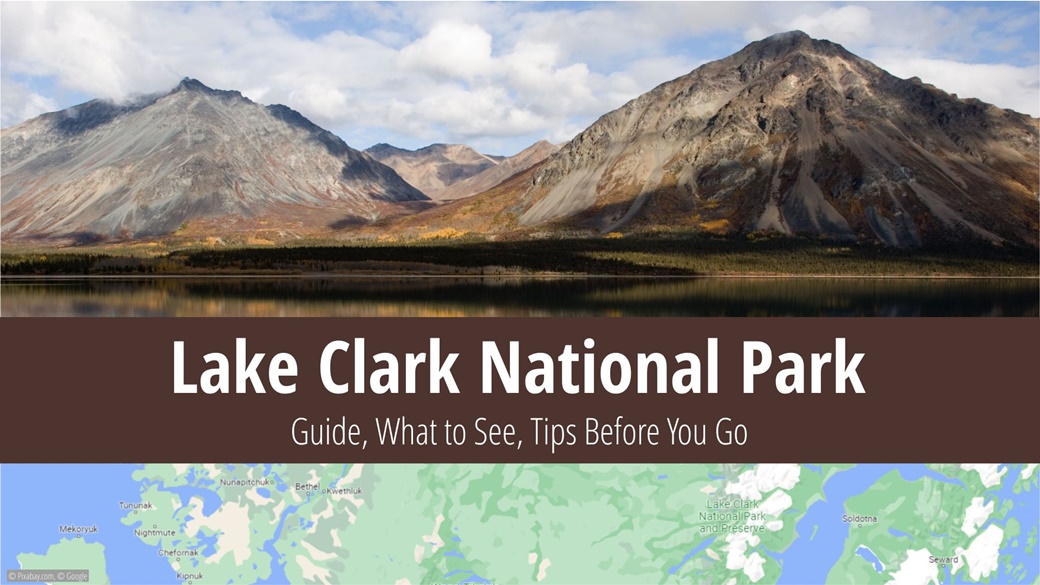
Table of Contents
- Information About Lake Clark National Park
- Attractions and Activities in Lake Clark National Park
- Best Time to Visit Lake Clark National Park
- Entrance Fees for Lake Clark National Park
- Traveling to Lake Clark National Park
- Lodging at Lake Clark National Park
- Tips and Suggestions Before Visiting Lake Clark National Park
- Photos of Lake Clark National Park
Information About Lake Clark National Park
Initially designated as a wildlife refuge, Lake Clark did not become a national park like others in Alaska until December 2, 1980. National parks Katmai, Kenai Fjords, and Denali are also relatively close to Lake Clark, with the city of Anchorage approximately 99 mi northeast.
The park spans an area of 4,093 sqmi, which is slightly larger than the size of South County. It is among the largest national parks in the USA, a fact that isn’t surprising considering it’s in Alaska. The annual visitor count to Lake Clark Park is roughly 18,278, based on 2021 data.
Lake Clark NP sits on the border of the Alaska and Aleutian mountain ranges, and it includes two active volcanoes within its borders. Both Iliamna Volcano, standing at 10,013 ft, and Redoubt Volcano, at 10,197 ft, are situated in the Chigmit Mountains. The latter’s summit is also the highest point in the park.
The forests surrounding Lake Clark are predominantly composed of spruce trees – grey spruce and black spruce make up most of the vegetation. The entire area is also famous for its excellent bear watching opportunities. Grizzly bears are more common than brown bears, but you can also spot deer, moose, Alaskan sheep, red wolves, river otters, red foxes, and beavers. Fishermen may be familiar with the Kvichak River, known for its abundant population of red and sockeye salmon.
Attractions and Activities in Lake Clark National Park
The park’s main draw is the 50 mi-long Lake Clark. Besides kayaking, it also provides opportunities for fishing. In addition, the Tanalian Trails system starts in the town of Port Alsworth, located in the southern part of the lake. Two relatively easy trails lead to Tanalian Falls and Kontrashibuna Lake and Beaver Pond. A more challenging trail goes into the Tanalian Mountains, but the reward is a panoramic view of Lake Clark and the surrounding mountains.
Richard “Dick” Proenneke’s cabin is a popular spot at Upper Twin Lake. Proenneke was an American who lived in the Alaskan wilderness for 30 years. He built a cabin and explored the area until 1998 when he was 82. His experiences, captured on film, became the 2004 documentary Alone in the Wilderness, produced a year after Proenneke’s death. His cabin lies in the complete wilderness, only accessible by a small plane that lands on the lake surface.
Crescent Lake, located in the heart of the Chigmit Mountains, is an excellent place to see bears and other wildlife. Additionally, schools of salmon fill the eponymous river in the summer. As a non-fisherman, I’d still want to spend a summer fishing in this park, either at Crescent Lake or at the equally popular Silver Salmon Creek and Chinitna Bay. For information on what, when, and where to fish, visit the park’s website.
Watching bears while fishing is an unforgettable experience. Bear season peaks from late June through August when the fish move from Chinitna Bay towards Silver Salmon Creek.
Best Time to Visit Lake Clark National Park
Lake Clark National Park is accessible all year round, but most visitors prefer to come between June and September.
Weather in the area is quite unpredictable. Generally, the coast is wetter, and the interior is drier. The annual rainfall is about a third of the average further from the coast, but temperatures can drop to -40 °F. These conditions, especially with wind gusts up to 31 mph–50 mph, are very cold. Frost and snow cover the park from September to early June. Lake Clark typically freezes over in November and doesn’t thaw until April.
The fundamental advice for visiting Lake Clark National Park is to bring appropriate clothing – waterproof and layered.
Average Temperatures and Visitor Numbers at Lake Clark National Park
Average temperatures at Lake Clark National Park in the Port Alsworth area are provided. Visitor counts are based on the 2017-2021 average, and the data source is the National Park Service.
| Max Temp | Min Temp | Precipitation Days | Visitors | Popularity | |
|---|---|---|---|---|---|
| January | 16 °F | 3 °F | 10.4 | 64 | 🟩 |
| February | 21 °F | 7 °F | 8.1 | 117 | 🟩 |
| March | 21 °F | 9 °F | 6.8 | 176 | 🟩 |
| April | 34 °F | 23 °F | 6.1 | 170 | 🟩 |
| May | 48 °F | 37 °F | 6.5 | 461 | 🟩 |
| June | 57 °F | 46 °F | 7.0 | 3 661 | 🟥🟥🟥🟥 |
| July | 59 °F | 48 °F | 9.4 | 5 294 | 🟥🟥🟥🟥 |
| August | 57 °F | 45 °F | 11.6 | 5 741 | 🟥🟥🟥🟥 |
| September | 48 °F | 37 °F | 12.4 | 2 611 | 🟧🟧🟧 |
| October | 36 °F | 27 °F | 11.3 | 214 | 🟩 |
| November | 21 °F | 10 °F | 9.7 | 130 | 🟩 |
| December | 18 °F | 5 °F | 10.4 | 116 | 🟩 |
Entrance Fees for Lake Clark National Park
Admission to Lake Clark National Park in Alaska is free. Camping in the park also comes without any charges.
Traveling to Lake Clark National Park
Lake Clark National Park does not have a direct road access. Visitors must use air taxis.
From Anchorage, which is relatively close, you can book a flight with Branch River Air Service, Katmai Air, Regal Air Trail Ridge Air and others. Be prepared for ticket prices to be in the tens of thousands of crowns. Respect to any readers who undertake this journey to the park.
For traversing the park, equipment such as kayaks and motorboats can be rented to facilitate the journey from Tulchina Adventures.
Lodging at Lake Clark National Park
Visitors to Lake Clark National Park should not expect amenities equivalent to those offered by the Hilton chain. In the wilderness of Alaska, a tent and a soft sleeping bag replace a hard mattress. With a few exceptions, camping is allowed nearly everywhere. There is a free primitive campground at Upper Twin Lake.
Lake Clark is a very remote location, and being home to bears, it’s advisable to prepare beforehand for the unlikely encounter with them. The essential tip is to have a container in which you can store food so that it doesn’t attract the bears.
Tips and Suggestions Before Visiting Lake Clark National Park
ℹ️ Visitor Center
The park’s visitor center is situated in a charming wooden cabin in the town of Port Alsworth. It’s open daily from 9am to 5:30pm during the summer, Monday to Friday from 9am to 5pm in September, and is closed for the winter. If interested, they can provide more detailed information about wilderness camping, hiking, and assistance with trip planning.
👍 Useful Information
Before your visit, I recommend printing or saving free informational brochures to your phone.
Photos of Lake Clark National Park
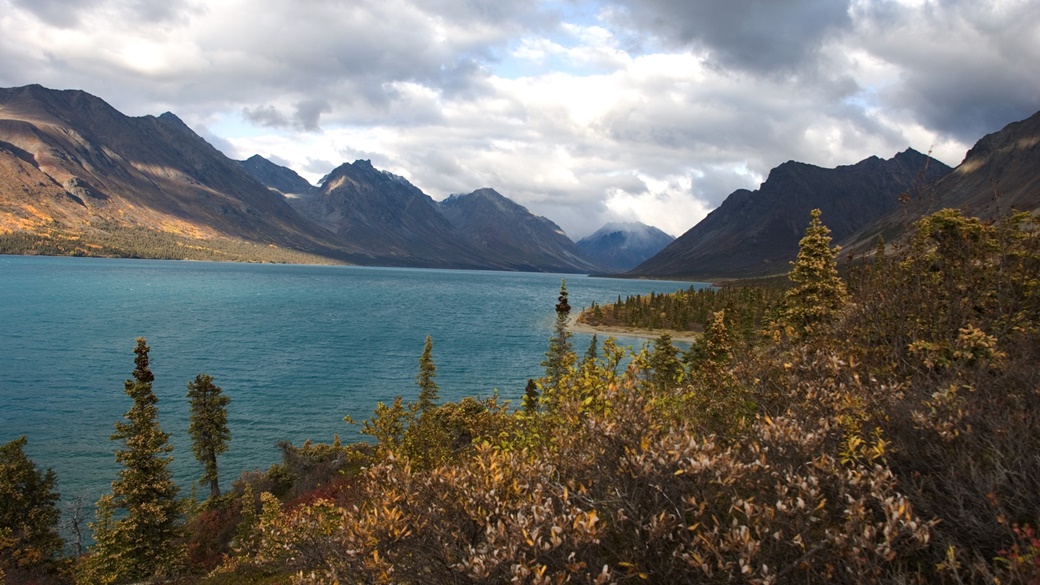
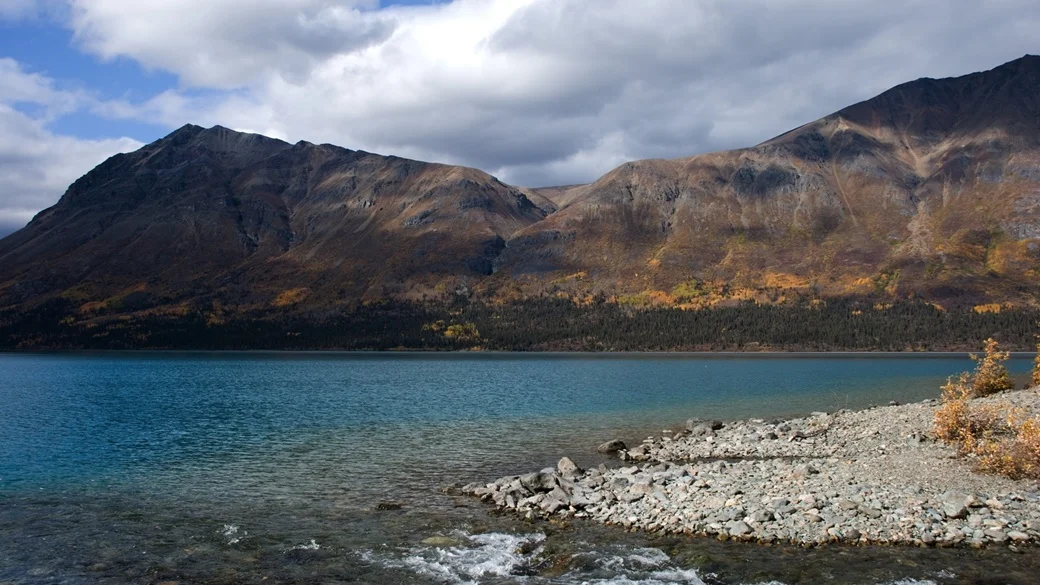
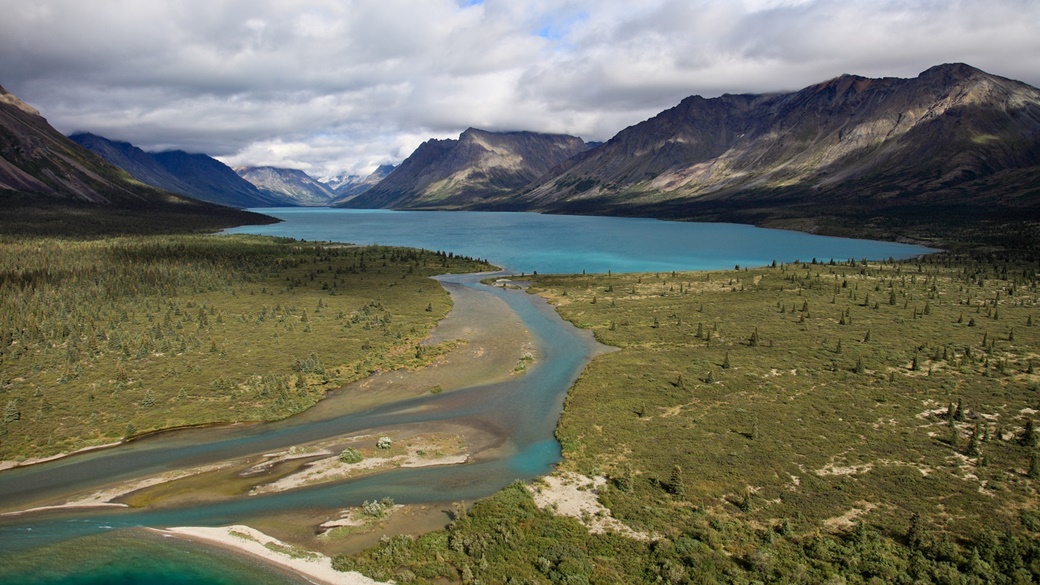
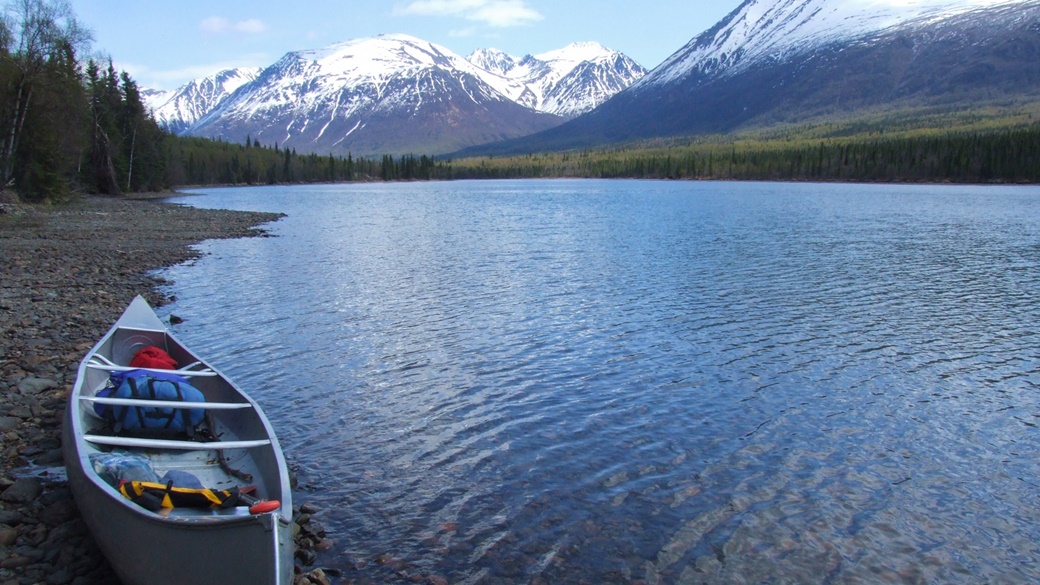
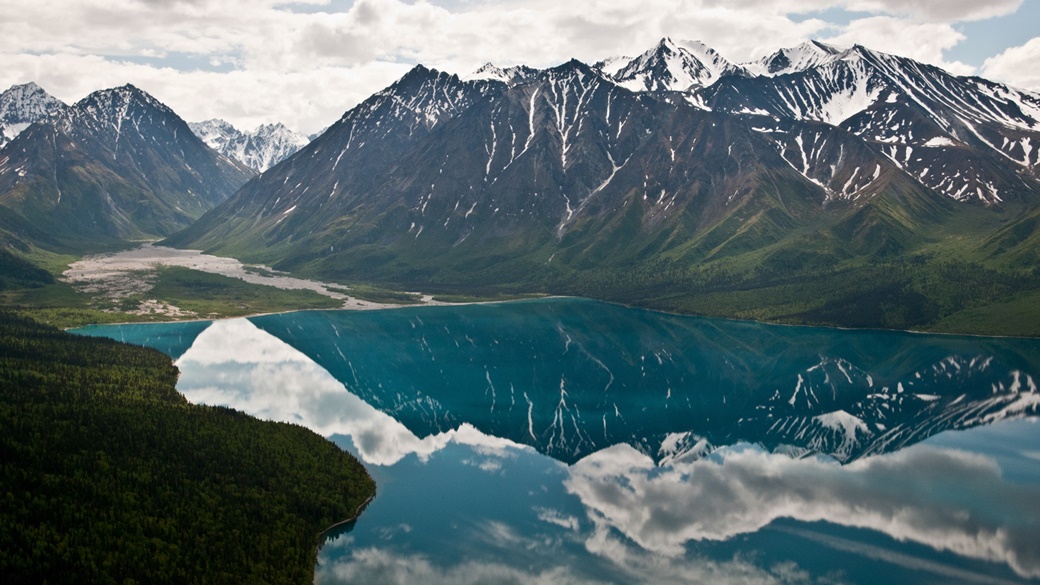
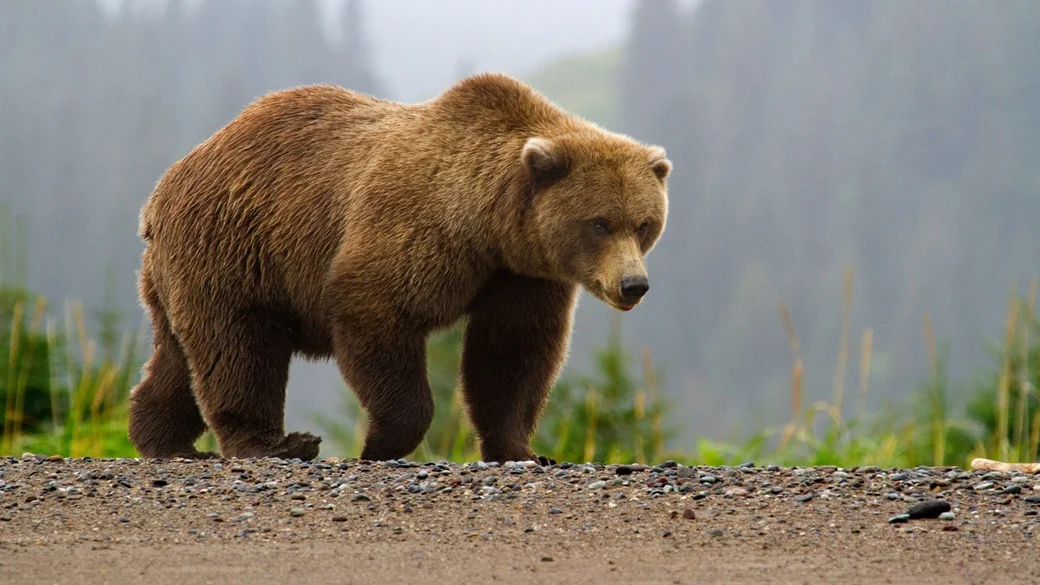
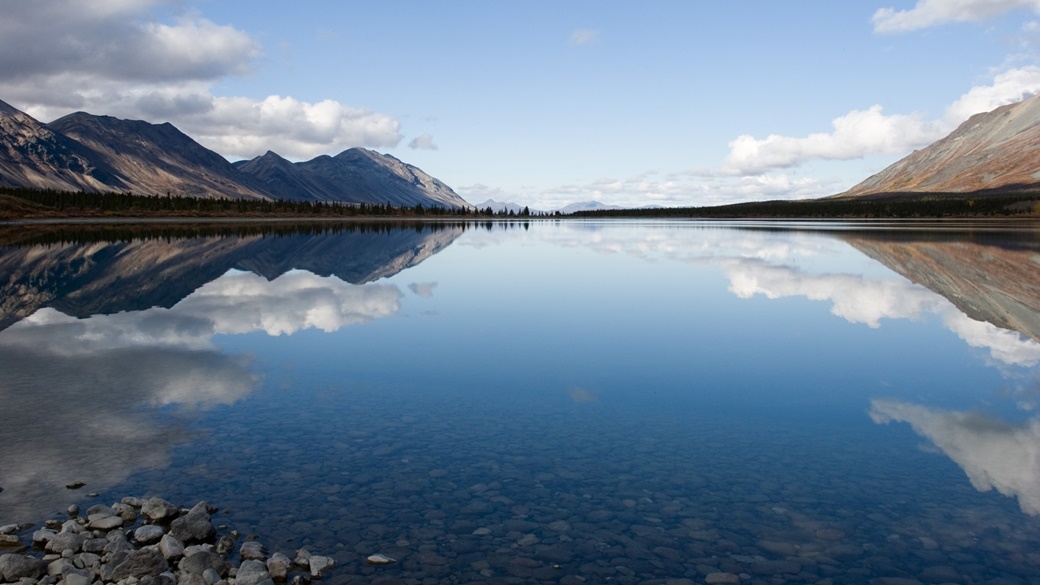
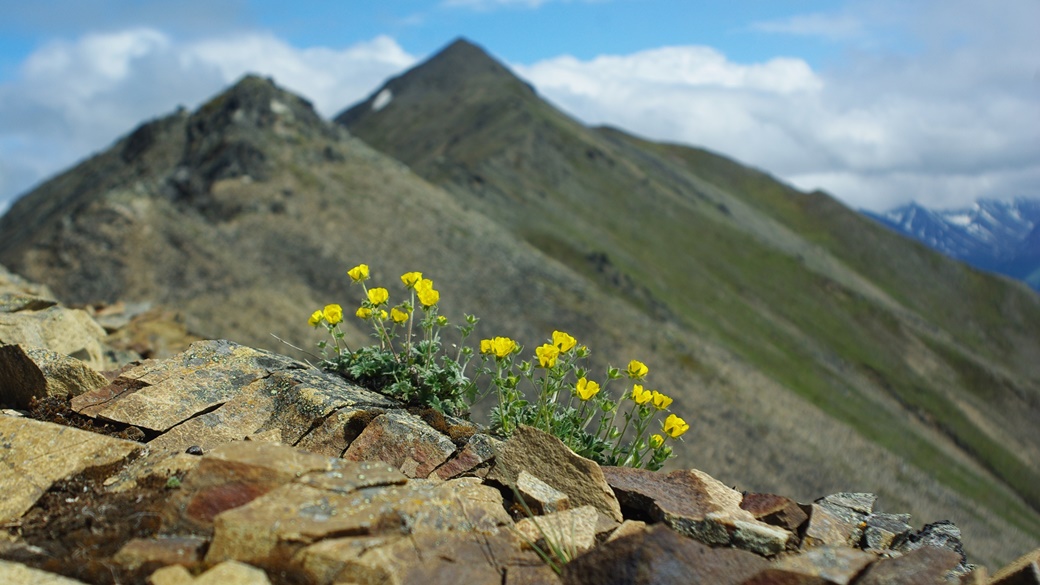
US National Parks
- National Parks of the USA – Map, List and Annual Pass
- America the Beautiful Pass 2025 – How It Works, Cost & Parks
- Timed-Entry Reservation for US National Parks (2025 GUIDE)
Travel Guides to USA National Parks

 10 Best Photo Places in the USA
10 Best Photo Places in the USA




Contribute with Your Question or Personal Experience